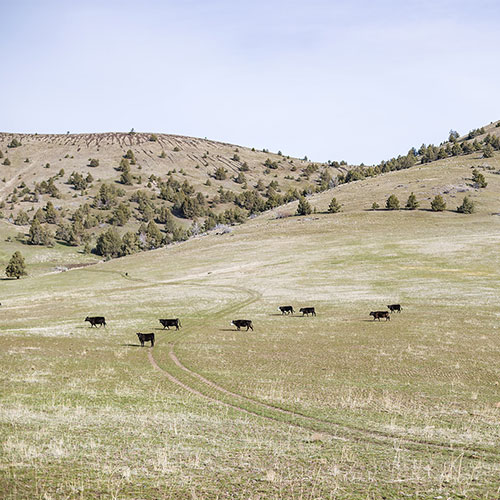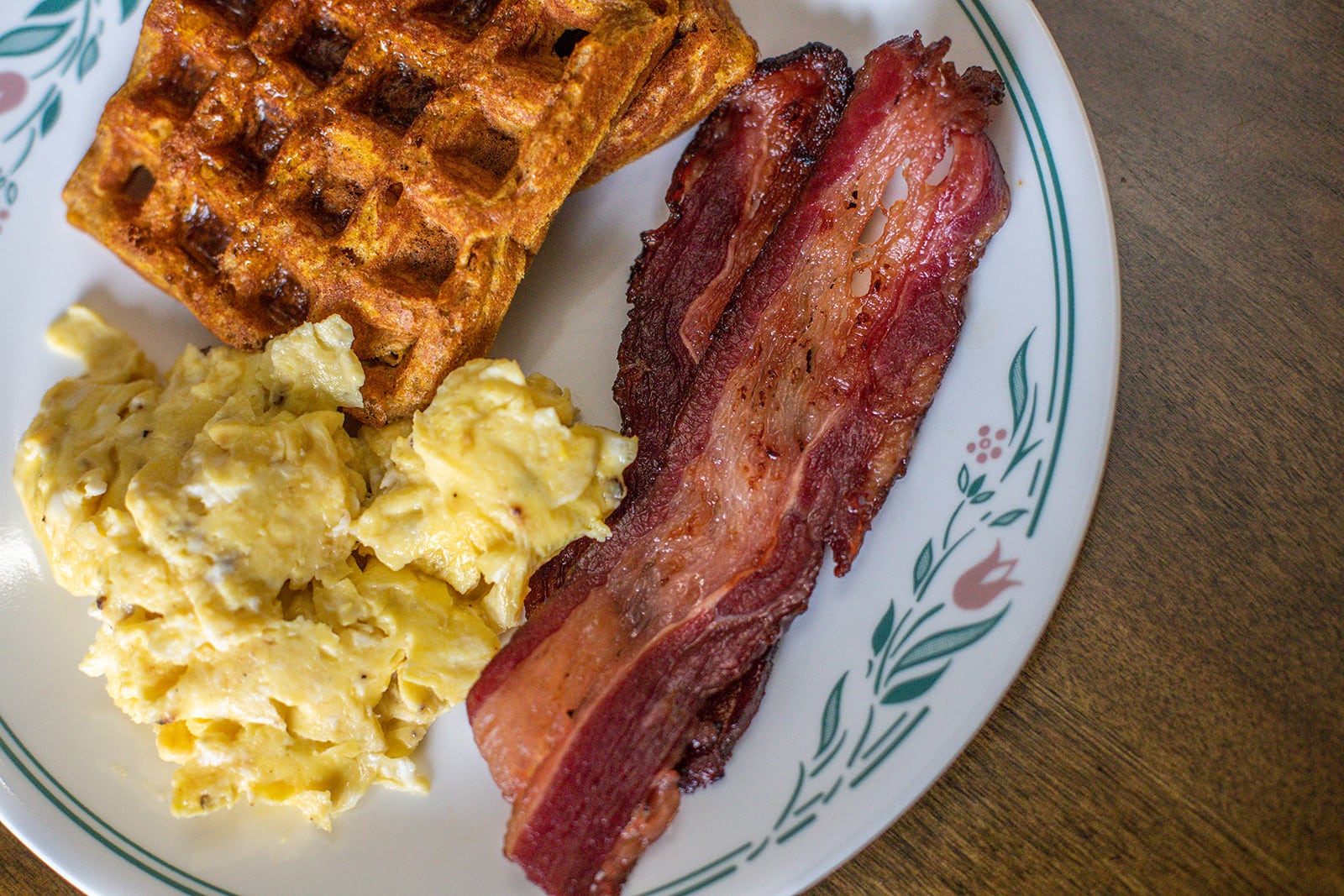
We often get thoughtful questions from customers who care deeply about how their food is raised. One that comes up regularly is: Beef and Glyphosate.
“Do you use organic or non-GMO feed, or feed raised without glyphosate?”
It’s a great question and the answer isn’t as simple as a yes or no. Let’s break it down.
To produce beef from cattle fed only organic, non-GMO grains, we would need access to organic corn and feed ingredients at scale. Unfortunately, that supply just doesn’t exist in the quantity needed to support a program of our size, or many beef operations across the U.S.
In fact:
Very little organic corn is grown in the United States.
What is grown is usually reserved for high-demand markets (like organic dairy or specialty poultry).
The cost of organic feed is significantly higher, often 2–3 times more expensive than conventional options.
For ranchers operating on already razor-thin or even negative profit margins, sourcing organic feed simply isn’t feasible without dramatically increasing the cost of beef for the end consumer. Pricing in the grocery store or online is out of our control and managed by the market.
Cattle in the Pacific Northwest (and many other U.S. regions) are primarily raised on pasture and grasslands for much of their lives. These animals graze over thousands of acres of open range.
To label that beef as organic, every acre of land used for grazing would need to be certified organic by the USDA, free from certain herbicides (including glyphosate) for several years, and managed under strict, documented practices. That process isn’t just intensive, it’s extremely cost-prohibitive for most ranchers. Certification costs alone can reach into the tens of thousands of dollars annually. For many family-owned or independent operations, that level of investment just isn’t sustainable.
While our cattle are not fed certified organic or non-GMO grain, it’s important to note that the majority of their diet is forage-based, consisting of grass, hay, and silage, particularly during the early stages of life. Grain may be introduced later, but pasture and roughage remain foundational to their nutrition.
Glyphosate use in modern agriculture is both limited and highly regulated. We partner with producers who are committed to best practices in animal welfare, land stewardship, and sustainable resource management. These ranchers care deeply about the health of their cattle and the long-term viability of the land they depend on.
Most importantly, we believe in honesty and transparency. We’re always open to questions about how our beef is raised, and we’re committed to providing straightforward answers so you can make informed choices about the food you serve your family.
Many of the ranchers we work with are multigenerational families who care deeply about animal health, land management, and producing high-quality beef. They’re not cutting corners, they’re doing the best they can with the land, feed, and resources available.
Whether you’re shopping for grass-fed, grain-finished, or specialty-labeled beef, knowing the story behind your food matters. We’re here to provide honest answers so you can feel confident about what goes on your plate and proud of the people behind it.
Got more questions? Ask us.
14474
